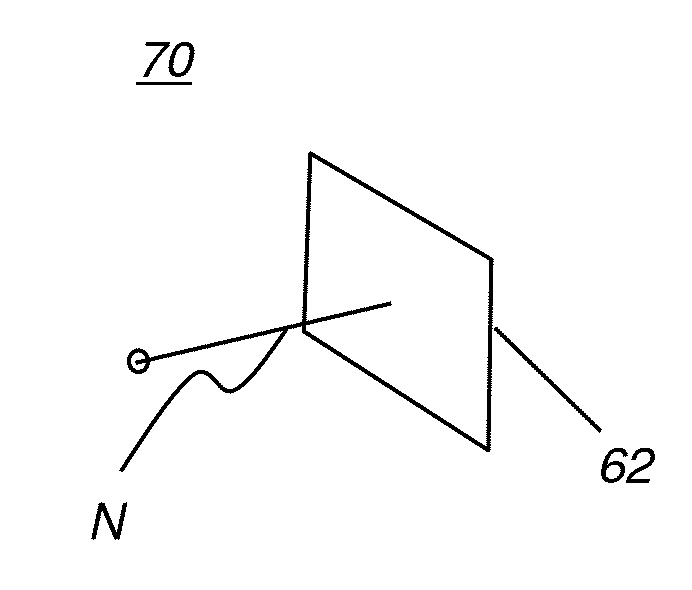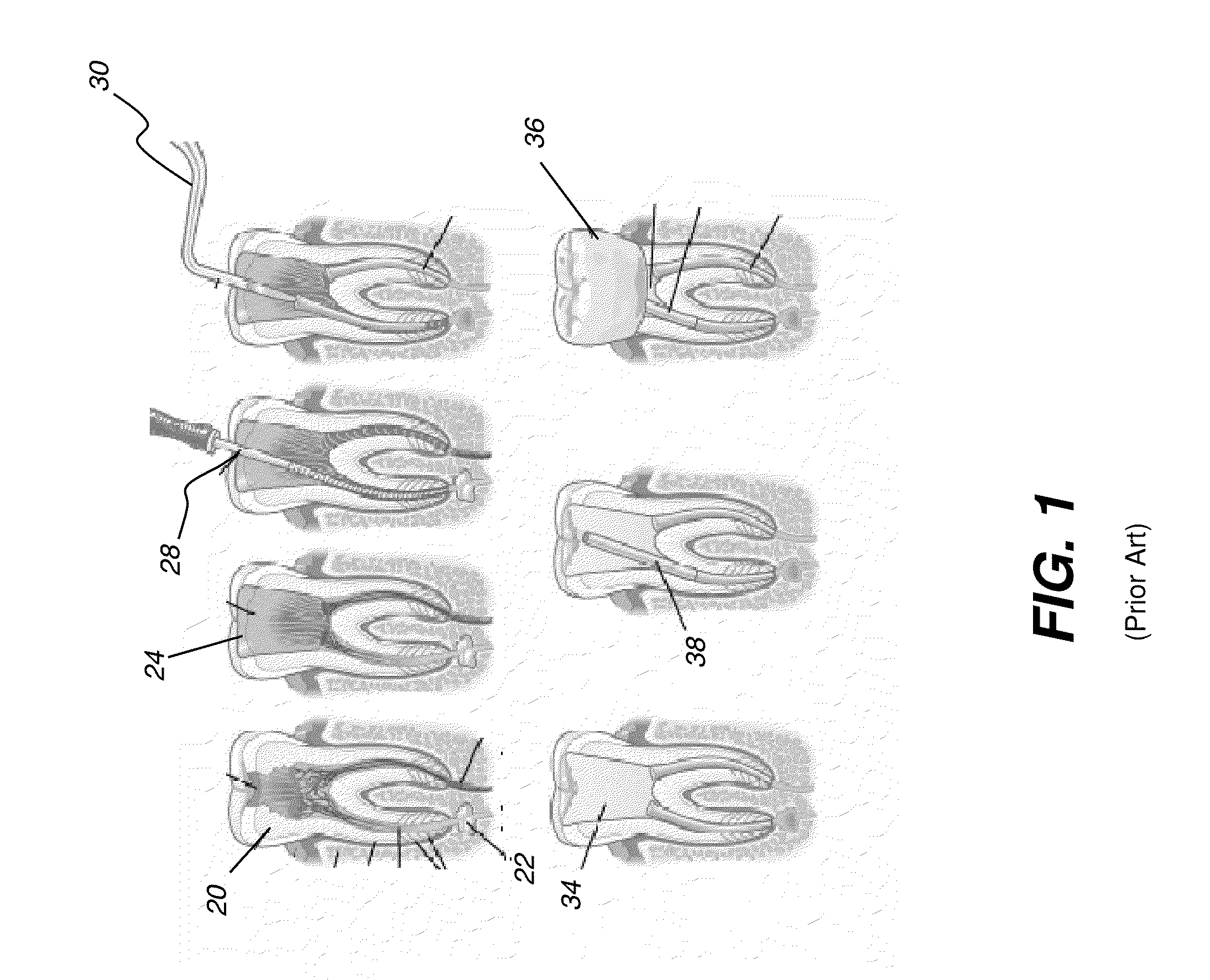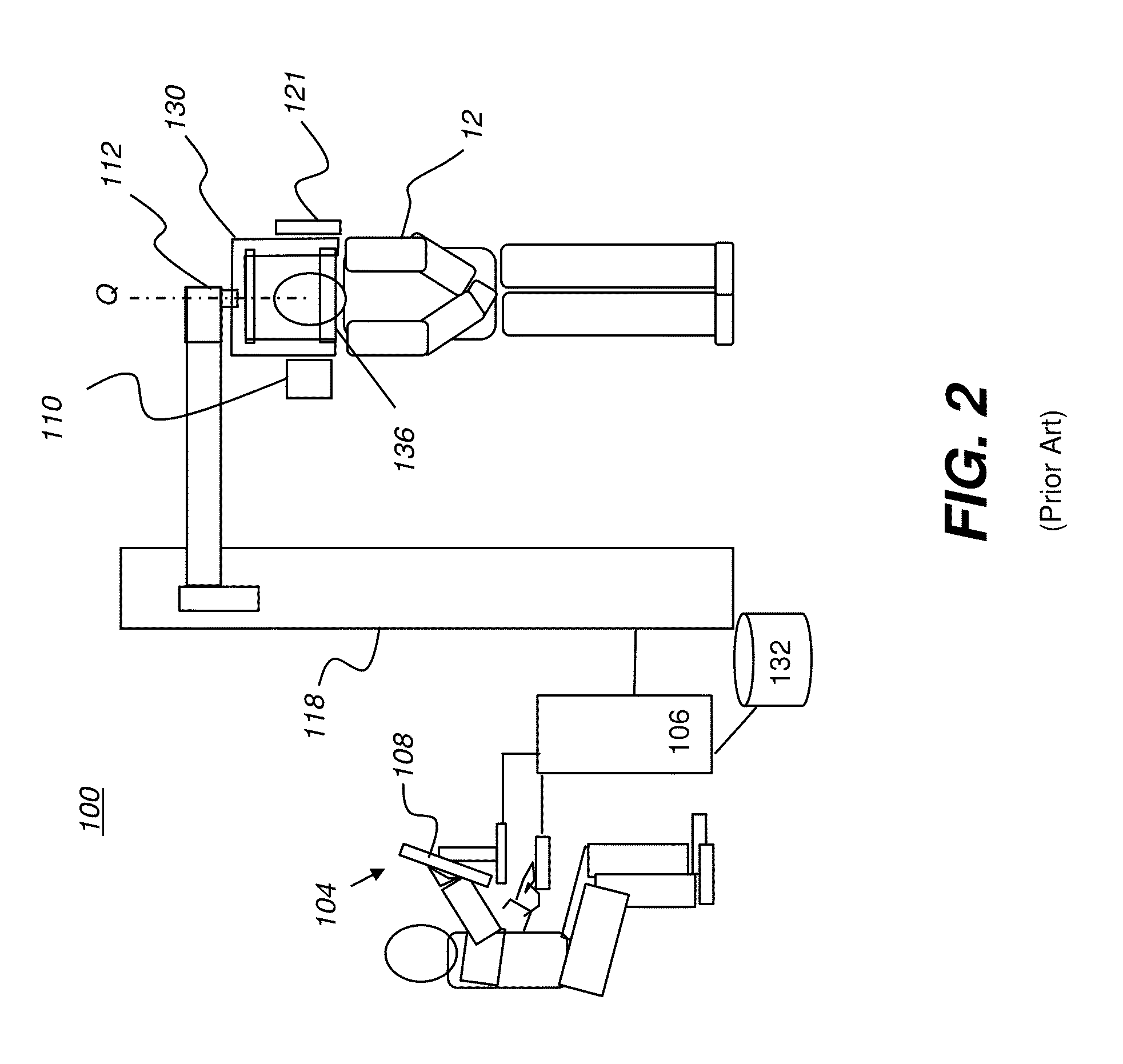Detection of tooth fractures in CBCT image
a technology of cbct image and tooth fracture, applied in the field of dental imaging, can solve the problems of difficult detection of vertical root fractures in periapical images, and difficulty in detecting some types of conditions
- Summary
- Abstract
- Description
- Claims
- Application Information
AI Technical Summary
Benefits of technology
Problems solved by technology
Method used
Image
Examples
Embodiment Construction
[0044]The following is a description of exemplary embodiments of the invention, reference being made to the drawings in which the same reference numerals identify the same elements of structure in each of the several figures. Where they are used, the terms “first”, “second”, and so on, do not necessarily denote any ordinal or priority relation, but may be used for more clearly distinguishing one element or time interval from another.
[0045]In the context of the present disclosure, the term “image” refers to multi-dimensional image data that is composed of discrete image elements. For 2-D images, the discrete image elements are picture elements, or pixels. For 3-D images, also termed volume images, the discrete image elements are volume image elements, or voxels. In the context of the present disclosure, the term “spline” is equivalent to a curve, free-form curve, or line.
[0046]In the context of the present disclosure, the term “index” refers to an alphanumeric character or string tha...
PUM
 Login to View More
Login to View More Abstract
Description
Claims
Application Information
 Login to View More
Login to View More - R&D
- Intellectual Property
- Life Sciences
- Materials
- Tech Scout
- Unparalleled Data Quality
- Higher Quality Content
- 60% Fewer Hallucinations
Browse by: Latest US Patents, China's latest patents, Technical Efficacy Thesaurus, Application Domain, Technology Topic, Popular Technical Reports.
© 2025 PatSnap. All rights reserved.Legal|Privacy policy|Modern Slavery Act Transparency Statement|Sitemap|About US| Contact US: help@patsnap.com



